It’s common to see spiders, bats, and worms on your doorstep during Halloween, either as trick-or-treaters or as scary decorations. Meanwhile, homeowners should also be on the lookout for real-life creepy crawlies this fall. Wolf spiders, to be precise.
If you are afraid of spiders, this one will probably make your heart pound. However, they are harmless as well as quite fascinating.
You will gain a whole new perspective on this species as you look through some exciting wolf spider facts.
Table of Contents
What is a wolf spider?
Wolf spiders are part of a spider family called Lycosidae; it comes from the Greek word “Lycos”, meaning “wolf.”
The wolf spider is the sprinter of the spider world. Its body size can range from 0.5 to 2 inches and it’s usually dark grey, brown or black. The wolf spider is also quite hairy. Its habitat most often includes gardens, grasslands, and various other places, sunbathing or running. In the house, you may see them in garages or basements, as well as inside the garden shed if you have one.
There is something quite mesmerising about the lady spider. As a safety line, the female wolf spider trails a silk dragline. In addition, male wolf spiders can ‘taste’ the silk with their palps to determine if the female is ready to mate.
As for the wolf spider’s lifespan, the females tend to live longer. The males can live up to a year, while the females can live 2 years or more.
Check also: UK Spiders – Dangerous or Beautiful?
What does a wolf spider eat?
The most common perception about spiders is that they create webs to catch prey, but there are entire spider families that don’t. A wolf spider does not wait for dinner to arrive. Instead, they tend to chase and pounce on their insect prey, just like wolves.
Spiders like these have excellent eyesight and a great sense of touch, making them outstanding hunters. Since they do not weave webs, their diet mainly consists of beetles, cockroaches, grasshoppers, and other large insects.
Spiders cannot chew or swallow, which is why they eat only liquid foods. As soon as the wolf spider catches their prey, they inject venom, which contains digestive enzymes, making the internal organs liquefied into a smoothie. Spooky!
Read also: False Widow Spiders: How to Spot and Get Rid of Them
The wolf spider’s eyes
The wolf spider has two large eyes. More precisely, they have eight eyes altogether, but two of them are particularly big. Sometimes, they even give themselves away at night because these large eyes reflect light like a mirror.
There is only one problem with these eyes: they don’t move like ours. Getting to see what a wolf spider desires requires movement of the body. Although inconvenient, they can cope.
Are wolf spider bites poisonous?
Like all spiders, this one can also bite, usually only when it feels threatened. However, wolf spiders are not venomous and a bite should not cause significant harm. Still, a bite from any spider could result in temporary discomfort, similar to a bee sting.
Depending on the person, symptoms could vary including redness, mild pain, and swelling. If you are more sensitive or notice severe symptoms like difficulty breathing, then you should definitely seek medical help.
Learn: UK Spiders – Dangerous or Beautiful?
Do wolf spiders carry babies on back?
A female carries an egg sac beneath her body near the silk-producing organs called spinnerets. A single egg sac can contain up to 360 eggs during the reproduction period. It is beyond question that this is a matter of motherly care. As the spiderlings grow, the female opens the sack, and her offspring climb up the hair on her body and abdomen.
Her nurturing does not end there, though. It takes her a week to carry them until they are ready to go on with their lives. A passionate caretaker of her young, the wolf spider female demonstrates a devotion not commonly seen in other arachnids. As far as we know, no other spiders carry their young on their backs.
Did you know? Silk “parachutes” help young wolf spiders disperse through the wind.
Why you shouldn’t squish a wolf spider?
Just a warning… You must not step on this spider if you find it in your home. Dare to squash a female wolf spider, and hundreds of baby spiders will be released into your home. While they probably won’t live for long, the sight of hundreds of baby spiders is often startling.
Read also: When is Spider Season in the UK and How To Prepare
What should I do if I see a wolf spider?
Spiders – why do we fear them? Seeing a spider and feeling the urge to keep your distance is entirely normal. Your reaction is what is expected from an evolved human being. It is instinctive fear that keeps us away from potentially dangerous arachnids.
There is no need for concern. The spiders are not interested in you, and they do not bother to leave their webs. They play a vital role in the ecosystem, such as controlling pest populations. In addition, they also eat mosquitoes which can transmit diseases.
Therefore, if you find a wolf spider in your house, all you need is a glass or jar and a piece of cardboard to catch it. Hold the glass above the spider, then line a piece of cardboard on the other side to trap it. Let it go, and it will continue to protect your garden. Since spiders are beneficial, it would be wise to limit the use of lethal methods whenever possible.
Even though we agreed that spiders are a normal fear, if this fear interferes with your daily life, then you might need to deal with it. As far as overcoming arachnophobia is concerned, learning as much as you can about spiders might be the easiest thing to do. There is no way to conquer fear in a day, so go step by step.
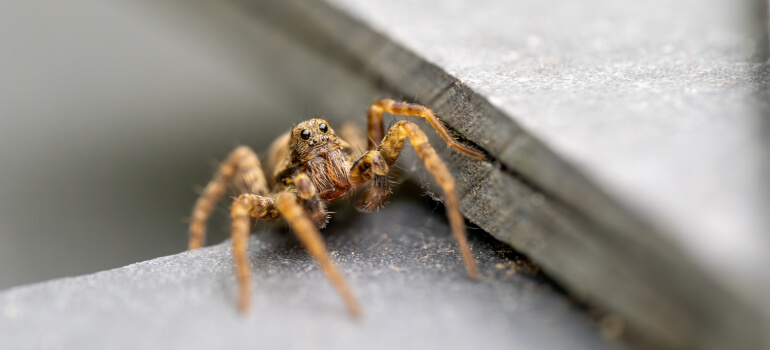
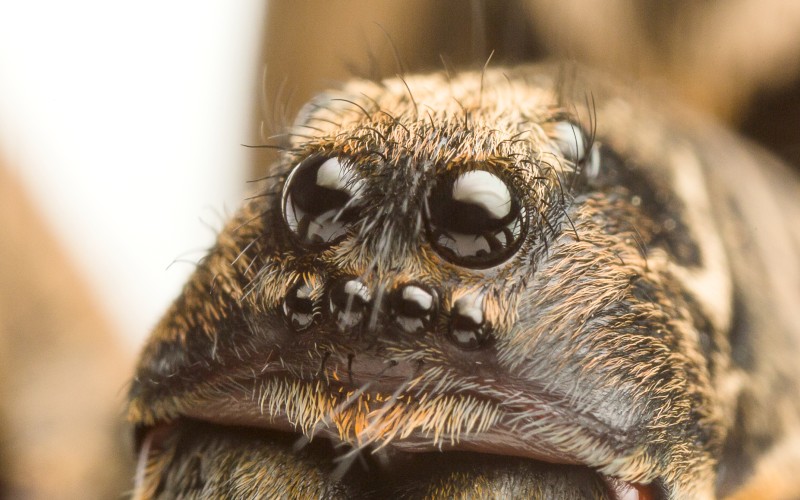
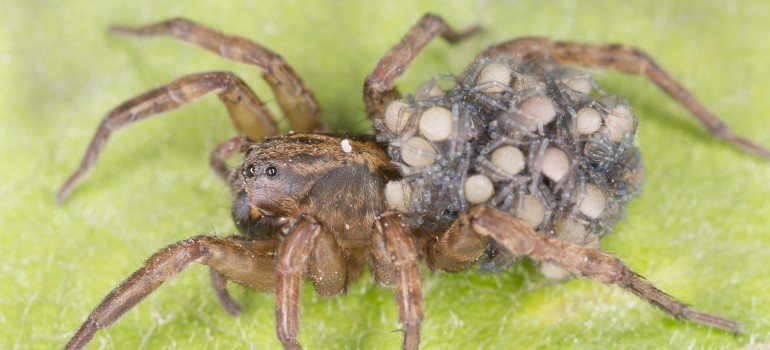

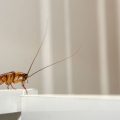



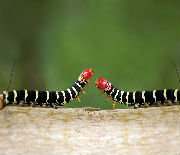
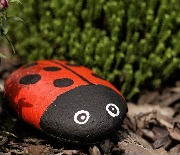
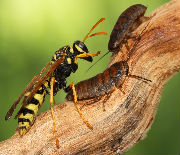
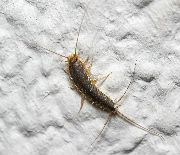
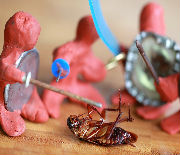
Very much appreciated. Thank you for this excellent article. Keep posting!